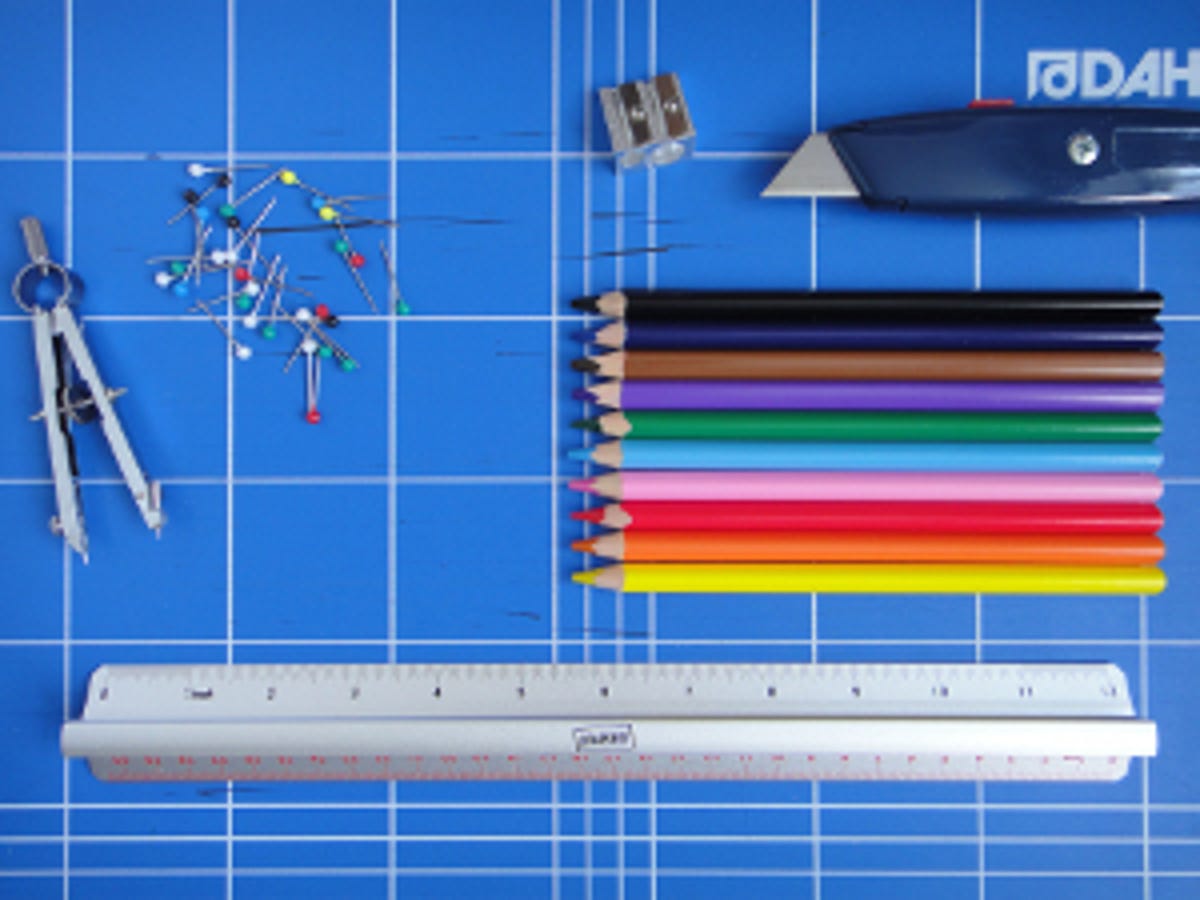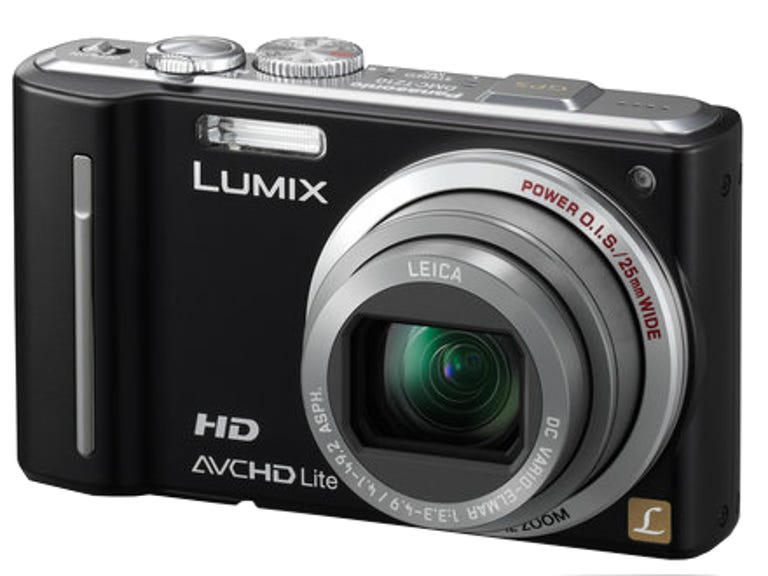 Why You Can Trust CNET
Why You Can Trust CNET Panasonic Lumix DMC-TZ10 review: Panasonic Lumix DMC-TZ10
The 12.1-megapixel Lumix DMC-TZ10 is probably the world's best superzoom, improving on its excellent predecessors by adding GPS and manual exposure modes. Panasonic's array of 'intelligent' image-processing technologies is tiresome, but this is a seriously impressive photographic tool
Panasonic's TZ-series compact superzooms have long been CNET UK favourites. The latest version, the Panasonic Lumix DMC-TZ10, boasts a higher-resolution sensor, GPS, manual exposure modes and 'intelligent' image processing. It looks like the ultimate travel camera, and, at around £270, it seems like pretty spectacular value for money too.
The Good
The Bad
The Bottom Line
Feature explosion
We thought Panasonic couldn't improve on the features of the Lumix DMC-TZ7, the TZ10's predecessor, but we were wrong. The TZ10 has a built-in GPS receiver that does much more than simply record the co-ordinates where a shot was taken. It also has an internal database of town and area names, together with the names of over 500,000 landmarks in 73 countries.

Serious photo nuts will love the control offered by the new aperture-priority, shutter-priority and manual modes. On other compact cameras, these are often buried in menus and options screens that make them too tiresome to bother with, but Panasonic's given them their own positions on the mode dial. An exposure button on the back also converts the four-way direction buttons into aperture (left/right) and shutter-speed (up/down) controls. It's a simple and brilliant system.
Shooting 720p movies is as easy as taking stills -- you just press the red button on the back to start filming. You can use Panasonic's efficient AVCHD Lite mode if you're going to play back movies on a TV, or switch to conventional Motion JPEG recording for QuickTime movies that you can play directly on a computer. You can zoom -- at a leisurely pace, admittedly -- while filming, the autofocus continues to work and you get stereo sound.
You also have to admire this camera's high-quality metal construction, speedy response times and extremely straightforward control layout. The star of the show, however, is Panasonic's excellent 12x, 25-300mm-equivalent zoom lens. The TZ10 has the kind of zoom range that could put more conventional dSLR-styled superzooms out of business, offering all but the very longest zoom ratios in a package that's a fraction of the size.
Intelligent design?
If only Panasonic could resist the lure of 'intelligent' technologies. The optional 'intelligent resolution' mode splits images into outlines, textured detail and smooth gradations, and then processes them differently to enhance detail or reduce noise. You can see the difference, although images can look distinctly over-processed when examined closely.
But Panasonic then uses this to justify an 'intelligent zoom' with 1.3x the magnification of the optical zoom. There's also an 'extra optical zoom' of up to 23.4x magnification, although at a lower resolution, because it uses a smaller, central section of the sensor. However much Panasonic tries to dress these features up, one uses interpolation and the other uses cropping, and neither's got anything to do with optical zooming.
There are some inconsistencies and duplications too. Panasonic was one of the first manufacturers to introduce automatic scene-mode selection, but the TZ10's 'intelligent automatic' mode still only uses a subset of eight scenes from the 28 actually available when you select them manually. And why have both an 'intelligent exposure' option and a 'high dynamic' mode to cope with scenes with very high brightness? It's all very well having countless different ways to shoot a picture, but Panasonic would be doing us all a favour if it trimmed them down.
The jump from the TZ7's 10.1 megapixels to 12.1 megapixels hasn't really done anything for the image quality, either. It drops badly at ISO 800, and there's some purple fringing on the right side of images, which we haven't seen with previous TZ models.
Conclusion
The Panasonic Lumix DMC-TZ10 is the best TZ-series superzoom yet, although the company continues to spawn 'intelligent' technologies in ever more complex and bewildering mutations. The image quality hasn't really moved forward either. But the GPS functionality works well, high-definition movies look great, and the manual exposure modes mean the TZ10 is a serious photographic tool, rather than just a clever snapper.
Edited by Charles Kloet
